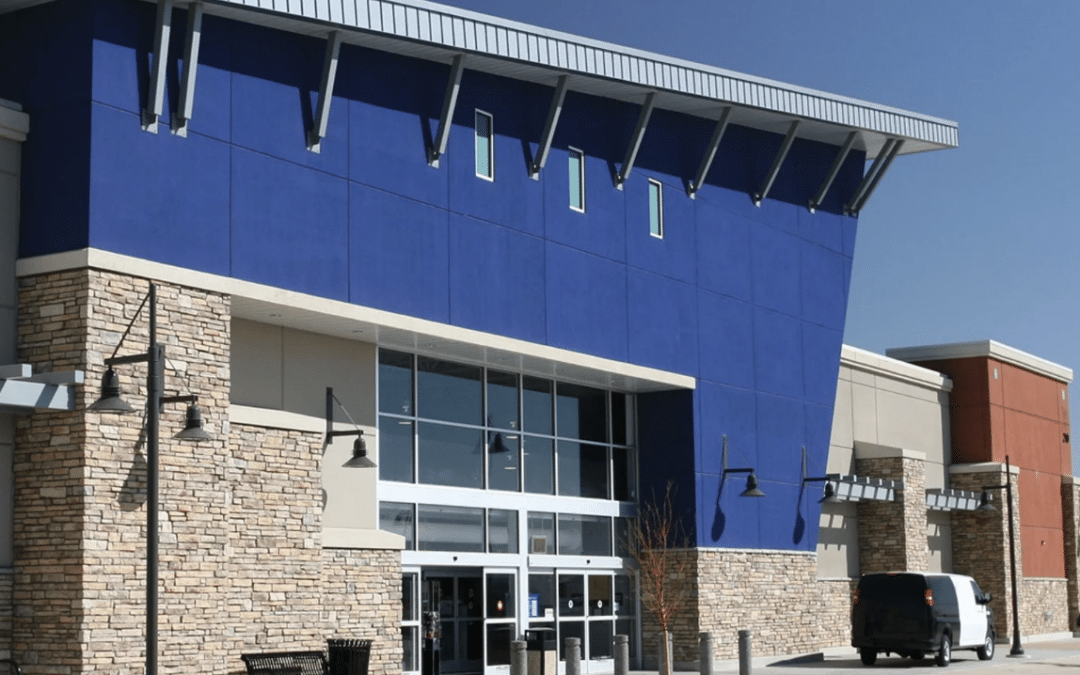Retailers in the United States are defying historic lows in retail space availability by planning to launch 1,000 new stores this year, underscoring the sector’s resilience amid commercial real estate challenges. Despite factors like inflation, elevated interest rates, and the closure of businesses such as Bed Bath & Beyond and Christmas Tree Shops, landlords are reporting unwavering demand for retail spaces, highlighted by The Wall Street Journal.
This resilience can be attributed to the reduced retail construction since the 2008-09 financial crisis, allowing the oversaturated sector to absorb its existing real estate. Moreover, retailers are using online sales data and analytics to pinpoint ideal locations for successful stores. Contrary to predictions of online retail dominance, digital-native companies are now establishing physical storefronts after reaching their online customer acquisition limits. Shoppers are returning to stores and restaurants as pandemic restrictions ease, alleviating earlier concerns. Additionally, Commerce Department data from earlier this summer reveals that retail sales increased by a seasonally adjusted 0.7% in July compared to the prior month. American spending has risen for four consecutive months and seems to be outpacing inflation.
This retail revival stands in stark contrast to the office market, which is grappling with a 30-year high in office vacancy rates of 18.2%, primarily due to the rise of hybrid work schedules.
A whitepaper by Placer.ai highlights the success of Walmart, Target, and Costco amid economic challenges such as inflation and high gas prices. Despite the evolving retail landscape, these retailers serve as prime examples of how challenges can transform into opportunities. Placer.ai’s Q2 2023 data suggests that shifting consumer trends are favoring superstores.
In fact, both Costco and Target outperformed the broader retail sector in year-over-year (YoY) performance, with visit growth rates of 1.2% and 3.1% in the first half of 2023, compared to the overall retail sector’s 0.3% decline. Conversely, Walmart seemed to be more affected by inflation, possibly due to its visitors having a lower median household income compared to Costco and Target shoppers, experiencing a 0.9% decrease in foot traffic compared to H1 2022. However, recent weekly visit data indicates a potential Walmart rebound. Between June 19th and July 24th, the chain recorded year-over-year weekly visit growth, suggesting a positive trajectory and hinting at year-over-year growth in the second half of the year.
For commercial real estate investors, staying attuned to retail trends is of paramount importance. The ability to anticipate and respond to these trends can make the difference between a successful investment and a poor decision. Understanding which retailers are thriving and why, as well as grasping the nuances of changing consumer behavior, can inform strategic decisions regarding property acquisitions, leases, and developments. Incorporating these insights into investment strategies can help commercial real estate investors identify prime locations, optimize property portfolios, and ultimately maximize returns on their investments.




